SOLID STATE DEVICES LABORATORY
In the last 50 years, solid state devices like transistors have evolved from an interesting laboratory experiment to a technology with applications in all aspects of modern life. Making transistors is a complex process that requires unprecedented collaboration among material scientists, solid state physicists, chemists, numerical analysts, and software professionals. That the basics of current flow though solid state semiconductor devices can be understood by using some elementary concepts of quantum- and statistical-mechanics. Solid-state physics is the study of rigid matter, or solids, through methods such as quantum mechanics, crystallography, electromagnetism, and metallurgy. It is the largest branch of condensed matter physics. Solid-state physics studies how the large-scale properties of solid materials result from their atomic-scale properties. Thus, solid-state physics forms the theoretical basis of materials science. It also has direct applications, for example in the technology of transistors and semiconductors.
Objective:
The Solid State Devices Laboratory is a facility used to support the UG students and faculty research in the areas of materials and device fabrication and characterization and modeling. The preliminary objective of this lab is to understand the basic working principle of electronic devices. Moreover students can learn the operating principle and applications of electronic circuits and devices like FET, Transistor, SCR, DIAC, TRIAC etc . The major activities at SSD LAB include development of semi-conductor materials, solid state devices, electronic components/sub-systems and investigation of solid state materials/devices.
List of Major Experiments:
MODULE 1
Ex 1: Study input characteristics of BJT in common-emitter configuration.
Ex 2: Study output characteristics of BJT in common-emitter configuration for different base currents & hence determine hybrid parameters.
Ex 3: Study output characteristics of BJT in common-emitter configuration and find performance parameters (Voltage Gain, Current Gain, Input Impedance, Output Impedance).
Ex 4: Study the variation of small-signal voltage gain with frequency of a common-emitter RC coupled amplifier.
Ex 5: Study of drain characteristics and transfer characteristics of a JFET and hence determine the FET parameters (drain resistance, transconductance & amplification factor).
Ex 6: Study the variation of small-signal voltage gain with frequency of a JFET.
MODULE 2:
Ex 1: Study of C-V characteristics of a Varactor diode by appropriate software.
Ex 2: Study of C-V characteristics of a MOS structure by appropriate software.
Ex3: Study of drain characteristics and transfer characteristics of a MOSFET and hence determine the FET parameters (drain resistance, transconductance & amplification factor
Major Equipments:
- Cathode Ray Oscilloscope-30 MHz (APLAB)
- Digital Storage Oscilloscope (TEKTRONIX TPS2024)
- Function Generator (SCIENTIFIC)
- Analog and Digital Experiment Platform (SCIENTECH ST 2613)
- Various Power supply (DC and AC)
- AC Mill voltmeter
- Digital Multimeter
- ANA DIGI Power Supply (SCIENTECH)
- Transistor Trainer Kit
- SOFTWARE FOR SIMULATION- PSPICE

